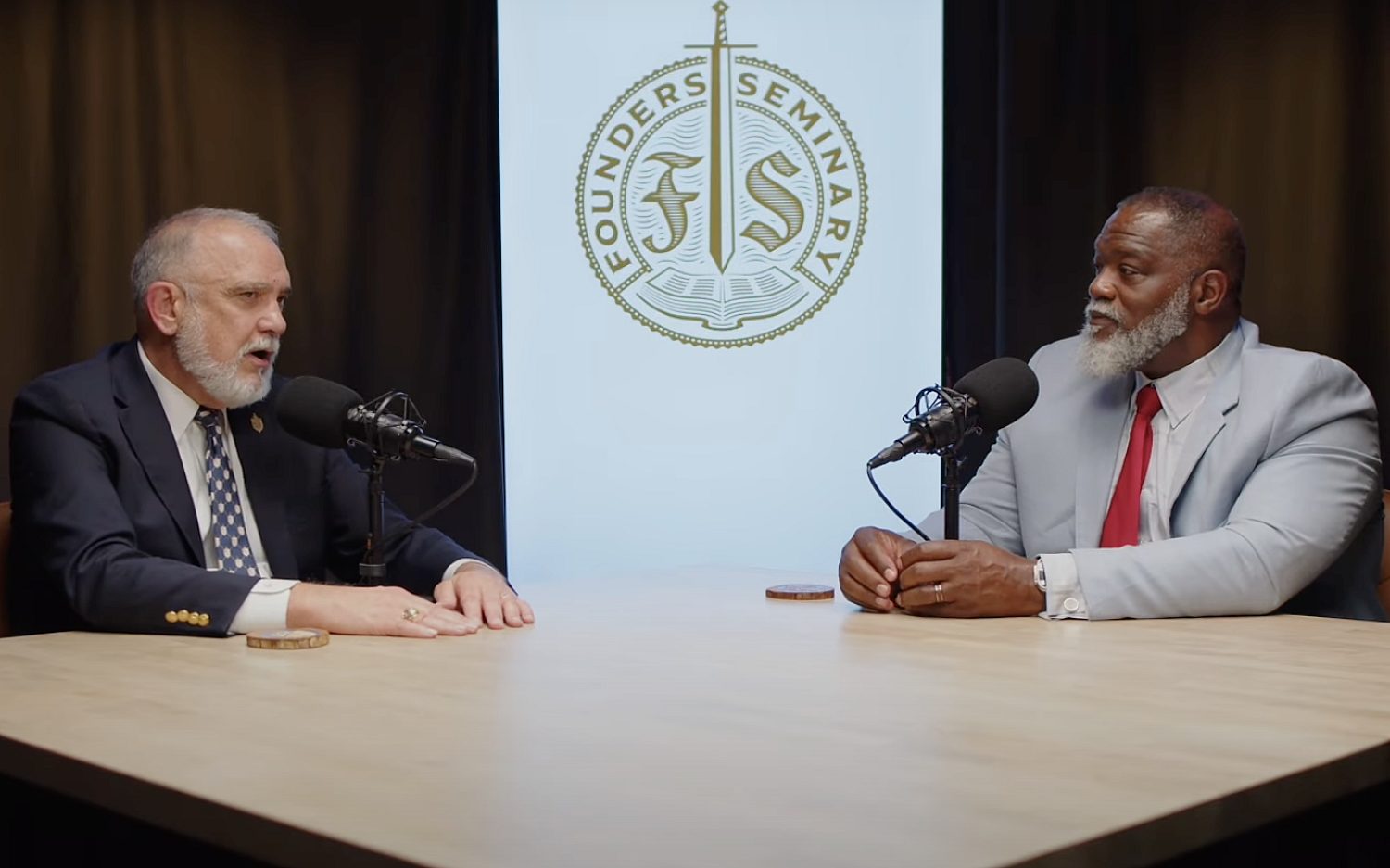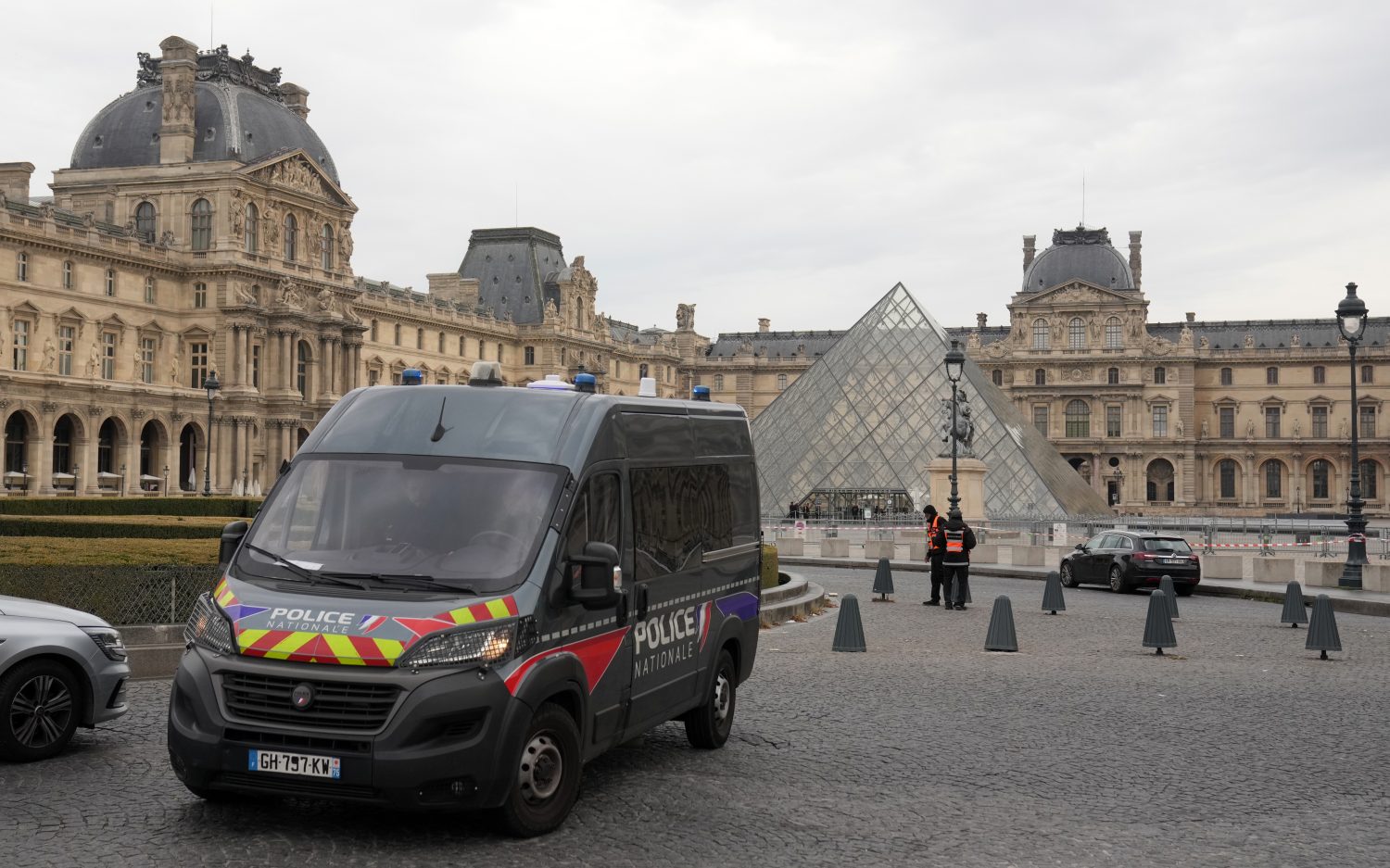Stolen burial boxes hold clues about life around Jesus' time on Earth
A midnight raid by Israeli police recently uncovered 11 ancient burial boxes stolen from a cave near Jerusalem. The boxes are believed to be from the Second Temple period (530 BC-70 AD), around the time of Jesus.
Police caught the four thieves as they exchanged the boxes at a military checkpoint just outside the city. They had planned to sell them to collectors, which is illegal since all antiquities discovered in Israel belong to the state.
The boxes, known as ossuaries, contain fragments of bones and pieces of pottery—some engraved with designs—that were buried with the deceased. Two of the boxes are believed to contain the remains of noblemen.
The use of ossuaries was prevalent in Jerusalem during the time of Jesus’ death. The hard bedrock of the area made it difficult to dig graves, so bodies were frequently laid out in caves. Limited space for tombs in the area and the expense of cutting them often meant only the wealthy, such as Joseph of Arimathea, who offered his tomb for the body of Jesus, could afford them. The ancient burial practice was to leave the body in the tomb for one year to allow for decomposition and then place the bones in an ossuary.
One of the more publicized ossuary discoveries is the much-debated, “James” ossuary, purchased by Oded Golan in 1970. The box bears the inscription, “James, son of Joseph, brother of Jesus.” Apparently Golan didn’t realize its significance until a university professor noticed it in his collection and published a paper on it in 2002. It was displayed for a short time in a museum in Toronto.
After gaining worldwide attention, it was seized by the Israeli Antiquity Authority (IAA) in 2003, and Golan was arrested for forgery. The IAA contended that the words, “brother of Jesus,” were forged at a later date. After a 10-year investigation, five-year trial, and courtroom battle of experts, Golan was cleared of all forgery charges, according to The Biblical Archeological Society.
Experts are still debating the authenticity of Golan’s ossuary, although the inscription was damaged during the earlier investigation. The Guardian reported that Golan plans to put the ossuary on display in Israel in the near future.
The Associated Press contributed to this article.
An actual newsletter worth subscribing to instead of just a collection of links. —Adam
Sign up to receive The Sift email newsletter each weekday morning for the latest headlines from WORLD’s breaking news team.





Please wait while we load the latest comments...
Comments
Please register, subscribe, or log in to comment on this article.